[ad_1]
Firefly, Adobe’s household of generative AI designs, does not have the very best track record amongst creatives.
The Firefly picture generation version specifically has actually been ridiculed as underwhelming and flawed contrasted to Midjourney, OpenAI’s DALL-E 3, and various other opponents, with a propensity to misshape arm or legs and landscapes and miss out on the subtleties in triggers. Yet Adobe is attempting to right the ship with its third-generation version, Firefly Photo 3, launching today throughout the firm’s Max London meeting.
The version, currently offered in Photoshop (beta) and Adobe’s Firefly internet application, generates even more “reasonable” images than its precursor (Image 2) and its precursor’s precursor (Image 1) many thanks to a capacity to recognize longer, extra intricate triggers and scenes along with boosted lights and message generation abilities. It needs to extra precisely provide points like typography, iconography, raster photos and line art, claims Adobe, and is “substantially” extra experienced at illustrating thick groups and individuals with “comprehensive attributes” and “a range of state of minds and expressions.”
For what it deserves, in my short unscientific screening, Photo 3 does seem an action up from Photo 2.
I had not been able to attempt Photo 3 myself. Yet Adobe public relations sent out a couple of outcomes and triggers from the version, and I took care of to run those very same triggers via Photo 2 online to obtain examples to contrast the Photo 3 outcomes with. (Remember that the Photo 3 outcomes might’ve been cherry-picked.)
Notice the lights in this headshot from Photo 3 contrasted to the one listed below it, from Photo 2:
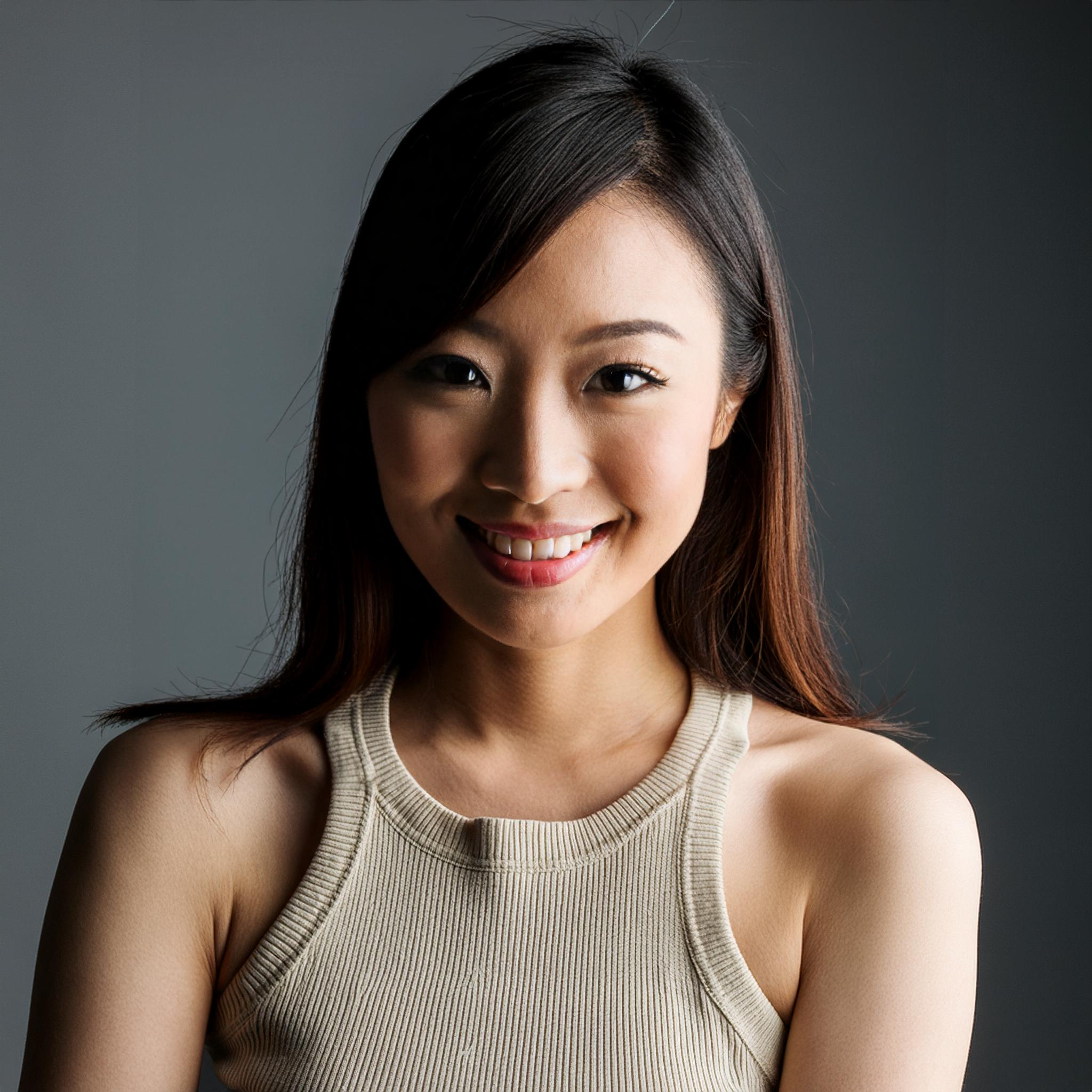
From Photo 3. Motivate: “Workshop picture of girl.”
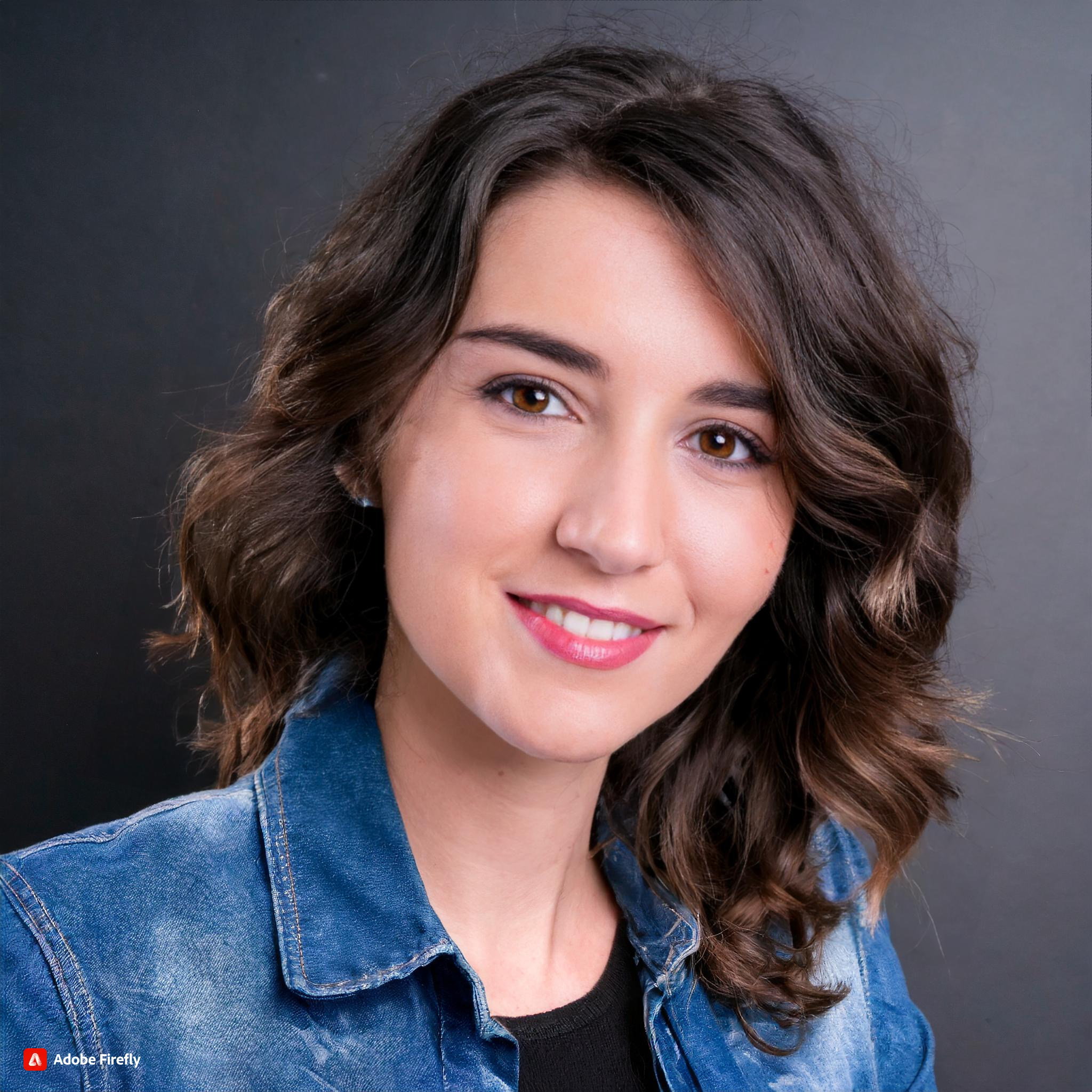
Same punctual as above, from Photo 2.
The Photo 3 outcome looks extra comprehensive and natural to my eyes, with tailing and comparison that’s mostly lacking from the Photo 2 example.
Right here’s a collection of photos revealing Photo 3’s scene understanding at play:

From Photo 3. Motivate: “A musician in her workshop resting at workdesk looking absorbed with lots of paints and ethereal.”
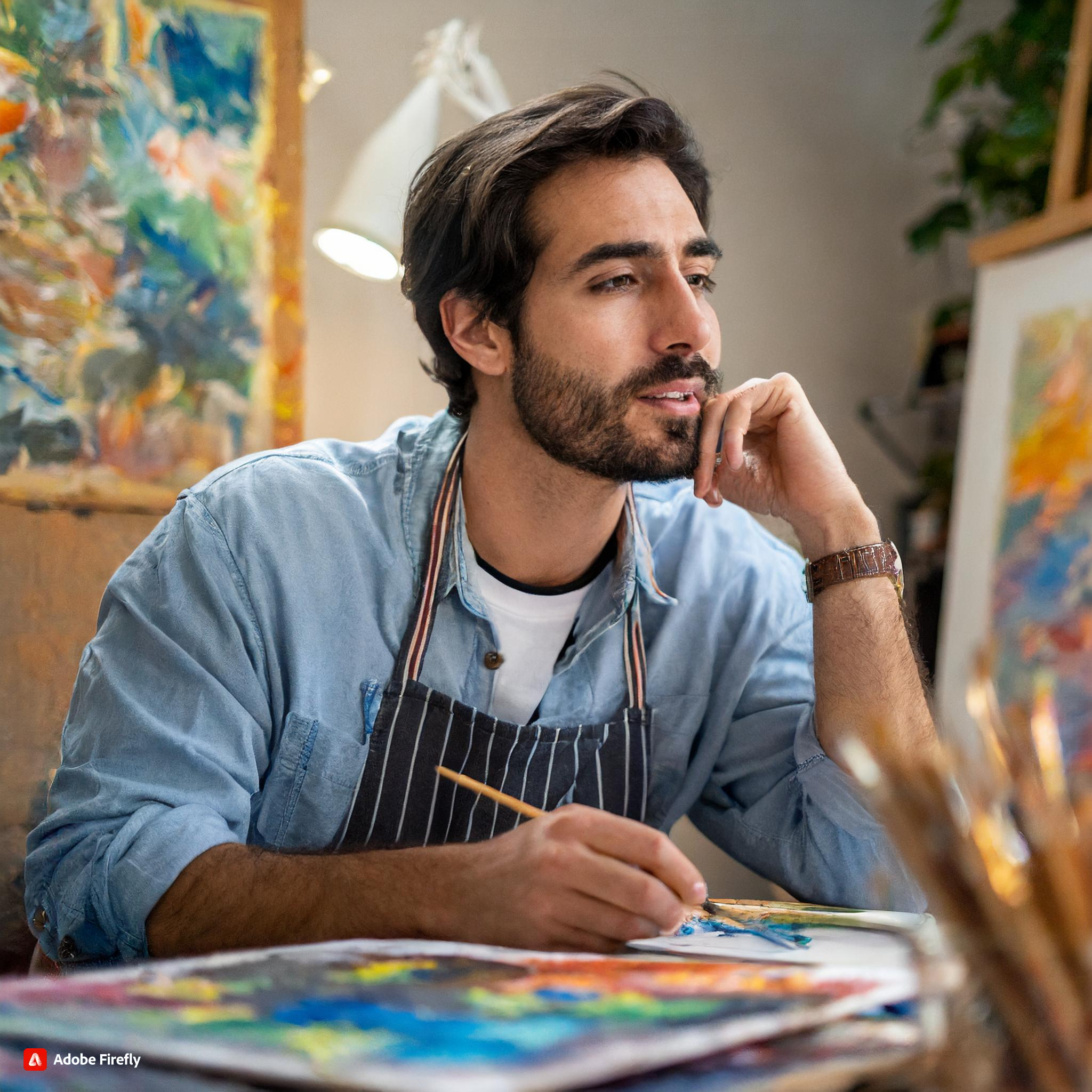
Same punctual as above. From Photo 2.
Keep in mind the Photo 2 example is rather standard contrasted to the outcome from Photo 3 in regards to the degree of information– and general expressiveness. There’s wonkiness happening with the topic in the Photo 3 example’s tee shirt (around the midsection location), however the posture is extra intricate than the topic’s from Photo 2. (And Photo 2’s clothing are additionally a little bit off.)
Some of Photo 3’s enhancements can no question be mapped to a bigger and extra varied training information establish.
Like Photo 2 and Photo 1, Photo 3 is educated on uploads to Adobe Supply, Adobe’s royalty-free media collection, together with accredited and public domain name web content for which the copyright has actually run out. Adobe Supply expands regularly, and subsequently so also does the offered training information established.
In an initiative to fend off suits and setting itself as a much more “moral” option to generative AI suppliers that educate on photos indiscriminately (e.g. OpenAI, Midjourney), Adobe has a program to pay Adobe Supply factors to the training information collection. (We’ll keep in mind that the regards to the program are rather opaque, however.) Controversially, Adobe additionally educates Firefly designs on AI-generated photos, which some take into consideration a type of information laundering.
Current Bloomberg reporting disclosed AI-generated photos in Adobe Supply aren’t left out from Firefly image-generating designs’ training information, an unpleasant possibility thinking about those photos could have regurgitated copyrighted material. Adobe has actually safeguarded the method, declaring that AI-generated photos comprise just a little section of its training information and undergo a small amounts procedure to guarantee they do not show hallmarks or identifiable personalities or referral musicians’ names.
Obviously, neither varied, extra “fairly” sourced training information neither material filters and various other safeguards ensure a flawlessly flaw-free experience– see customers producing people flipping the bird with Photo 2. The genuine examination of Photo 3 will certainly come as soon as the neighborhood obtains its hands on it.
New AI-powered features
Image 3 powers a number of brand-new attributes in Photoshop past improved text-to-image.
A brand-new “design engine” in Photo 3, together with a brand-new auto-stylization toggle, enables the version to create a larger range of shades, histories and subject positions. They feed right into Referral Photo, an alternative that allows customers problem the version on a picture whose shades or tone they desire their future created web content to line up with.
3 brand-new generative devices– Produce History, Produce Comparable and Boost Information– take advantage of Photo 3 to execute accuracy edits on photos. The (self-descriptive) Produce History changes a history with a created one that mixes right into the existing picture, while Generate Comparable deals variants on a picked section of a picture (an individual or a things, as an example). When It Comes To Enhance Information, it “makes improvements” photos to enhance intensity and clearness.
If these attributes audio acquainted, that’s due to the fact that they have actually remained in beta in the Firefly internet application for a minimum of a month (and Midjourney for a lot longer than that). This notes their Photoshop launching– in beta.
Mentioning the internet application, Adobe isn’t overlooking this detour to its AI devices.
To accompany the launch of Photo 3, the Firefly internet application is obtaining Framework Referral and Design Referral, which Adobe’s throwing as brand-new methods to “progress innovative control.” (Both were introduced in March, however they’re currently coming to be commonly offered.) With Framework Referral, customers can create brand-new photos that match the “framework” of a referral picture– state, a head-on sight of a race automobile. Design Referral is basically design transfer by an additional name, maintaining the web content of a picture (e.g. elephants in the African Safari) while simulating the design (e.g. pencil illustration) of a target picture.
Here’s Framework Referral at work:

Initial picture.
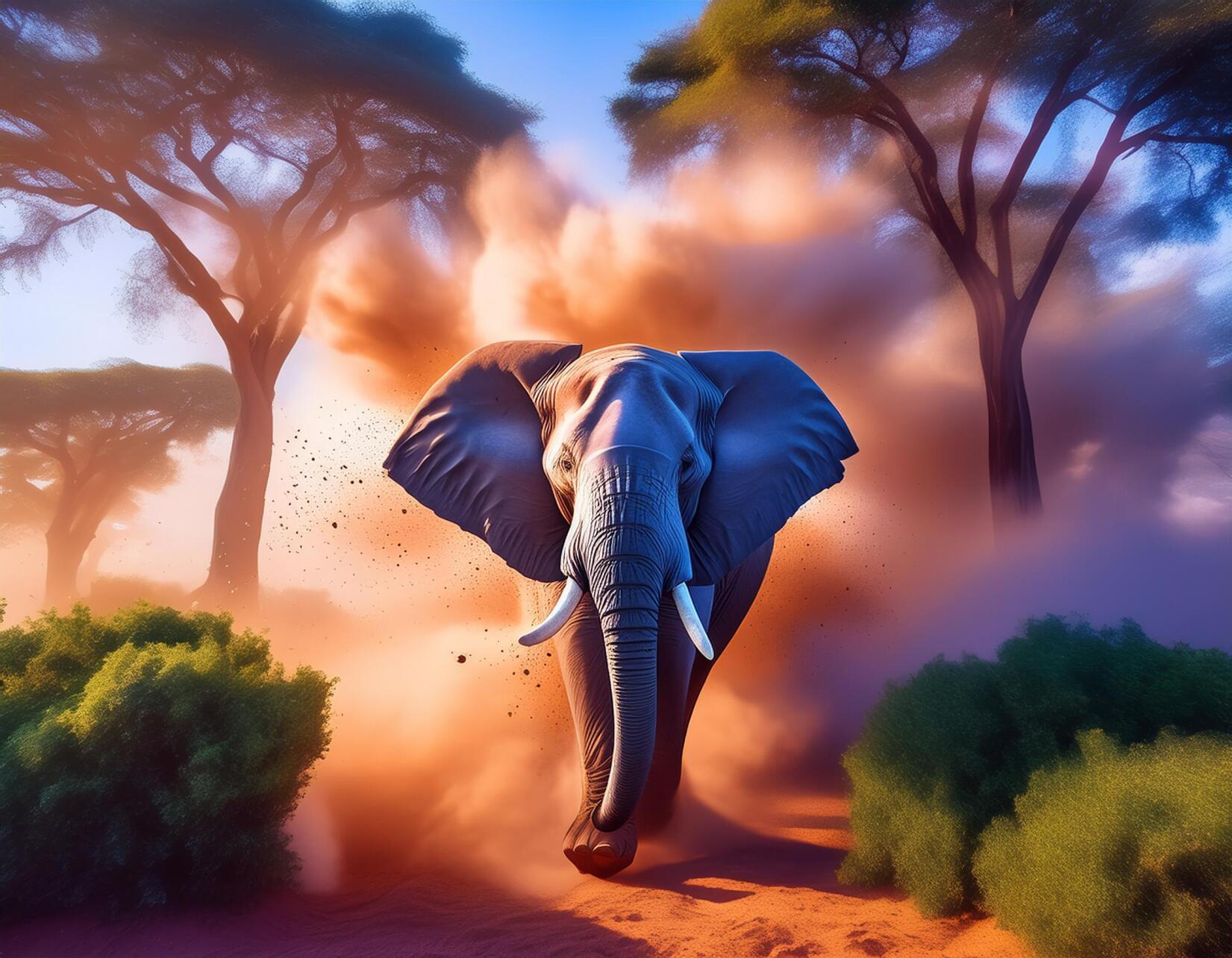
Changed with Framework Referral.
And Design Referral:

Initial picture.
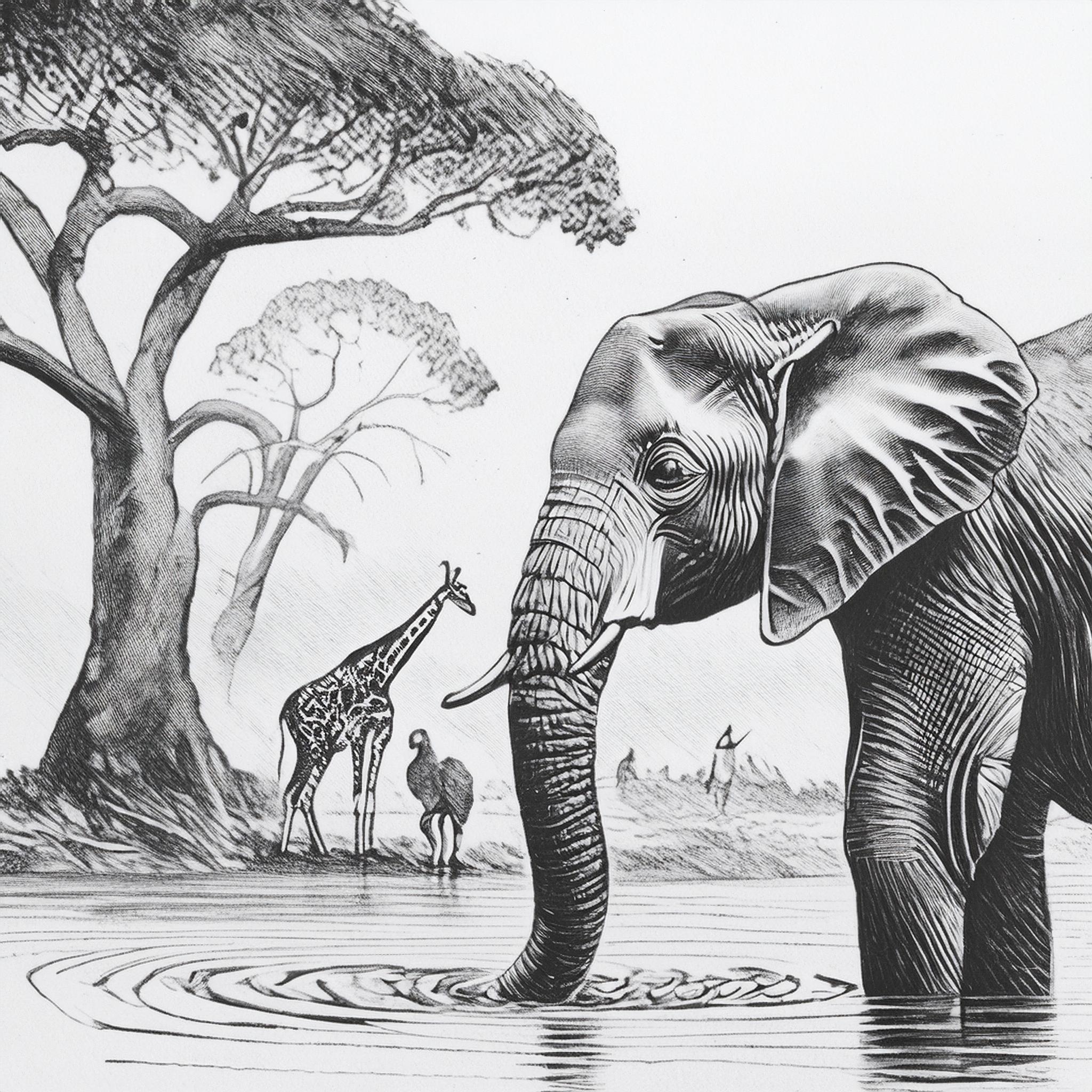
Changed snappy Referral.
I asked Adobe if, with all the upgrades, Firefly picture generation rates would certainly transform. Presently, the most inexpensive Firefly costs strategy is $4.99 monthly– damaging competitors like Midjourney ($ 10 monthly) and OpenAI (which entrances DALL-E 3 behind a $20-per-month ChatGPT Plus registration).
Adobe claimed that its existing rates will certainly stay in position in the meantime, together with its generative credit system. It additionally claimed that its indemnity plan, which mentions Adobe will certainly pay copyright insurance claims connected to jobs created in Firefly, will not be altering either, neither will certainly its technique to watermarking AI-generated web content. Web content Qualifications– metadata to determine AI-generated media– will certainly remain to be immediately affixed to all Firefly picture generations online and in Photoshop, whether created from the ground up or partly modified making use of generative attributes.
[ad_2]
Source link .




